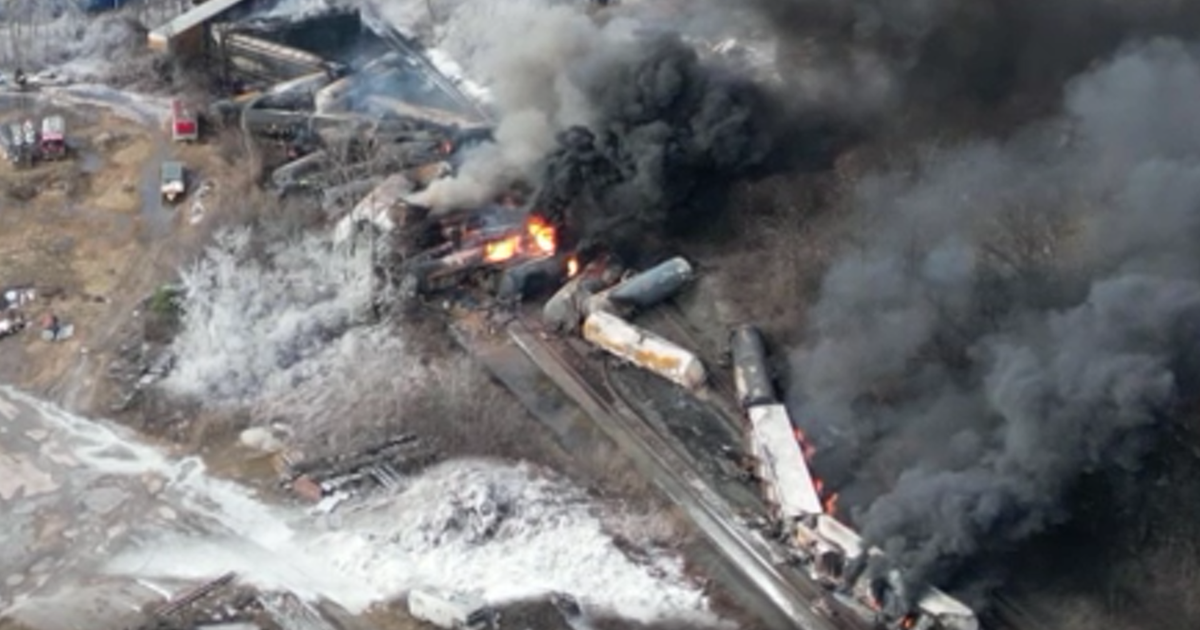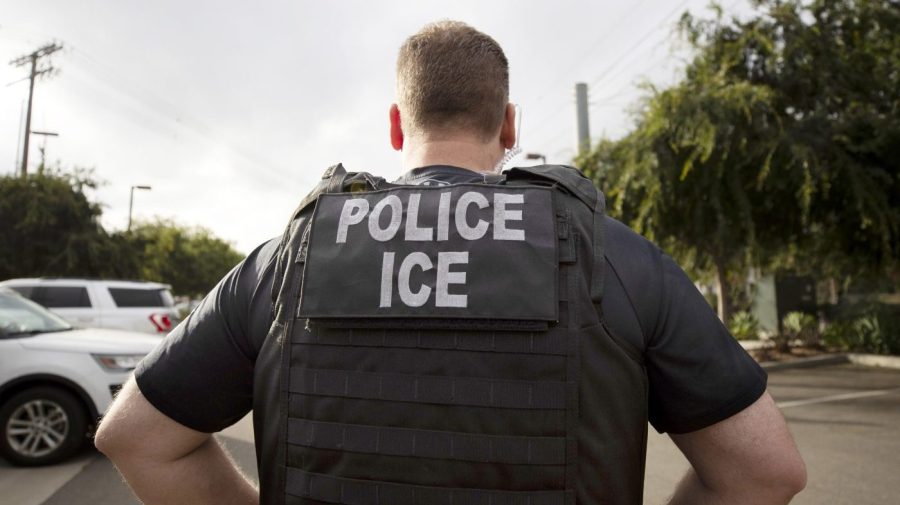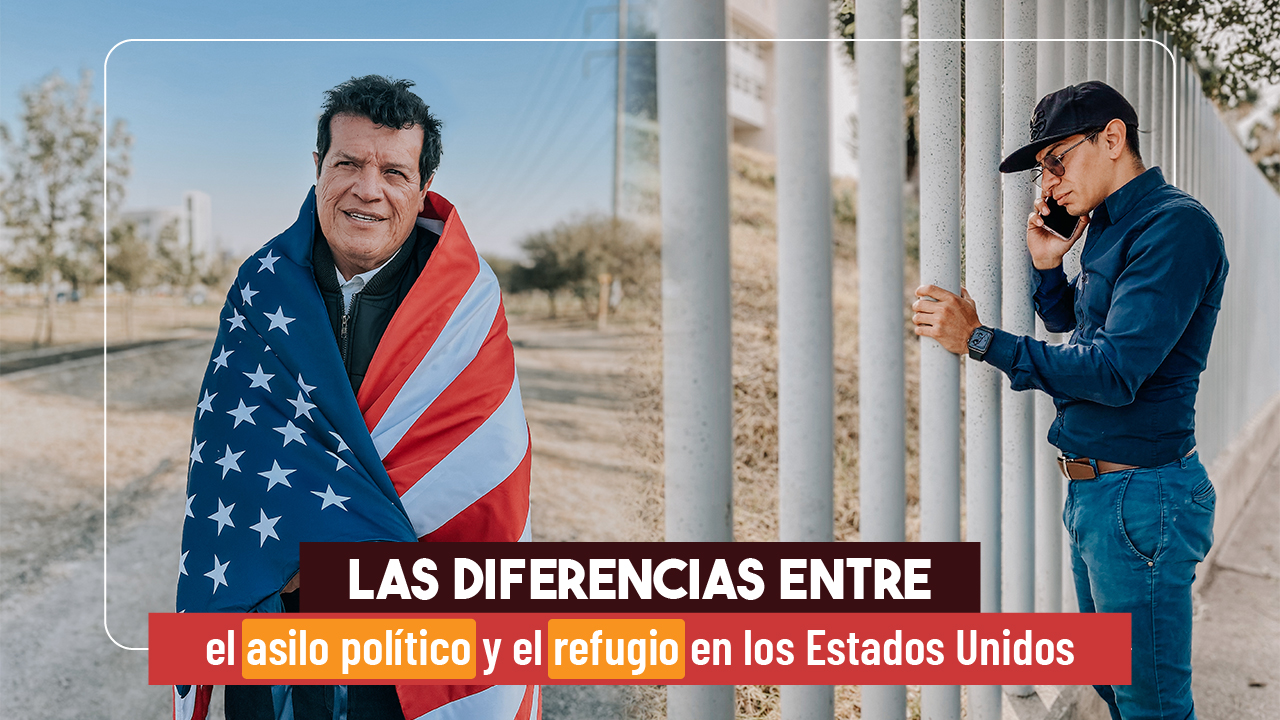The Challenges Of Filming Alligators In Florida's Springs

Table of Contents
Navigating the Complexities of Florida's Spring Ecosystems
Florida's springs are incredibly delicate ecosystems, teeming with unique flora and fauna. Filming in these environments requires a deep understanding of their fragility and a commitment to minimal environmental impact.
Environmental Sensitivity
The pristine nature of Florida's springs necessitates responsible filming practices. Neglecting these can lead to irreversible damage.
- Permitting Requirements: Before even considering filming, securing the necessary permits from the Florida Fish and Wildlife Conservation Commission (FWC) and potentially other local authorities is crucial. These permits often come with specific guidelines to minimize environmental disturbance.
- Respecting Wildlife Habitats: Alligators are not the only inhabitants of these springs. Filming must avoid disturbing other wildlife, their nesting sites, and their natural behaviors. This includes maintaining safe distances and avoiding any actions that could cause stress or displacement.
- Avoiding Disturbance of Plant Life: The delicate aquatic vegetation of Florida springs plays a vital role in the ecosystem. Filming equipment and crew movement must be carefully planned to minimize damage to plants and avoid disrupting their growth.
- Managing Waste Responsibly: All waste, from film canisters to plastic bottles, must be removed and disposed of properly. Leaving behind any trace of the filming process is unacceptable and environmentally irresponsible.
- Choosing Sustainable Filming Equipment: Opting for environmentally friendly equipment and sustainable practices, like using rechargeable batteries and reducing carbon emissions associated with transportation, is becoming increasingly important.
Water Clarity and Visibility
The water clarity in Florida's springs can vary significantly, impacting the quality of your footage. This unpredictability presents unique challenges for filmmakers.
- Optimal Lighting Conditions: Natural light is crucial for high-quality underwater footage. Filmmakers need to consider the time of day, weather conditions, and the sun's angle to achieve the best possible results.
- Water Depth Considerations: The depth of the water directly affects light penetration and visibility. Filming in shallow, clear water is generally easier than filming in deeper, murkier areas.
- Using Specialized Underwater Filming Equipment: Specialized underwater cameras, housings, and lighting equipment are essential for capturing clear images in challenging underwater conditions.
- Dealing with Murky Water: When encountering murky water, filmmakers need to employ various techniques, such as adjusting camera settings, using powerful underwater lights, and potentially relying on post-production techniques to enhance clarity.
- Post-Production Techniques to Enhance Clarity: Modern post-production software can be used to enhance the clarity of footage, but this should be used responsibly to avoid distorting the natural appearance of the scene.
Ensuring Safety During Alligator Filming
Alligators are powerful predators, and filming them requires a serious commitment to safety. Understanding alligator behavior and employing appropriate safety measures is paramount.
Understanding Alligator Behavior
Ignoring alligator behavior can have dire consequences. Knowing the signs of aggression is essential for survival.
- Hiring Experienced Alligator Handlers: Engaging professionals experienced in handling alligators is not merely advisable; it's non-negotiable for ensuring the safety of the crew and the animals.
- Maintaining Safe Distances: Maintaining a respectful and safe distance from alligators is critical. Never approach or attempt to interact with them unless under the direct supervision of a qualified expert.
- Respecting Territorial Behavior: Alligators are territorial, especially during nesting season. Intruding on their territory can provoke aggressive behavior.
- Understanding Seasonal Variations in Alligator Activity: Alligator activity levels vary throughout the year. Filmmakers need to be aware of these seasonal variations to better assess and manage risks.
- Emergency Protocols: A comprehensive emergency plan, including communication protocols and first-aid procedures, is essential.
Safety Equipment and Protocols
Appropriate safety equipment and rigorous protocols are critical to mitigating risks.
- Protective Gear (Wading Boots, Safety Vests): Protective gear, such as sturdy wading boots and high-visibility safety vests, is crucial for minimizing the risk of injury.
- Specialized Cameras and Housings for Underwater Filming: Durable, waterproof camera housings are vital for protecting expensive equipment in the aquatic environment.
- First-Aid Kits and Emergency Communication Systems: Easily accessible first-aid kits and reliable communication systems are essential for responding to any emergencies.
- Working with Experienced Wildlife Professionals: Collaboration with experienced wildlife professionals provides critical expertise and ensures adherence to best practices for animal welfare and human safety.
Legal and Ethical Considerations
Filming alligators in Florida's springs involves navigating a complex web of legal and ethical considerations.
Permits and Regulations
Understanding and adhering to all applicable permits and regulations are crucial for legal compliance.
- Obtaining Necessary Permits from the Florida Fish and Wildlife Conservation Commission (FWC): Securing the necessary permits from the FWC is a non-negotiable legal requirement.
- Understanding Restrictions on Interaction with Alligators: FWC regulations often place strict limitations on how close one can get to alligators and what kind of interaction is permissible.
- Complying with Federal and State Wildlife Regulations: Filming alligators requires compliance with various federal and state regulations concerning wildlife protection and filming practices.
Ethical Wildlife Filming Practices
Ethical considerations are paramount in wildlife filmmaking.
- Prioritizing Animal Welfare: The welfare of the alligators must always be the top priority. Filming practices must minimize stress and potential harm to the animals.
- Avoiding Intrusive Filming Techniques: Avoid techniques that could unduly stress or disturb the animals.
- Refraining from Baiting or Harassing Alligators: Baiting or harassing alligators is illegal and unethical and should never be attempted.
- Adhering to Ethical Guidelines Set by Relevant Organizations: Adherence to ethical guidelines established by relevant wildlife conservation organizations is crucial.
Conclusion
Filming alligators in Florida's springs presents a unique set of challenges, demanding careful planning, meticulous preparation, and a deep respect for both the animals and their fragile environment. From navigating the intricacies of the ecosystem and ensuring safety to obtaining the necessary permits and adhering to ethical guidelines, the process requires a multi-faceted approach. Remember the importance of environmental sensitivity, the potential dangers of working with alligators, and the necessity of legal and ethical compliance. Before planning your next wildlife documentary featuring Florida's alligators, remember to prioritize safety and ethical practices when filming alligators in Florida's springs. Learn more about the intricate process of filming alligators in Florida's springs and discover how to do it responsibly.

Featured Posts
-
 Ohio Train Derailment Investigation Into Long Term Toxic Chemical Contamination In Buildings
May 12, 2025
Ohio Train Derailment Investigation Into Long Term Toxic Chemical Contamination In Buildings
May 12, 2025 -
 Washington Dcs 500 The Most Influential People Of 2025
May 12, 2025
Washington Dcs 500 The Most Influential People Of 2025
May 12, 2025 -
 Trumps Alien Enemies Act Lawsuit Dismissed By Appeals Court
May 12, 2025
Trumps Alien Enemies Act Lawsuit Dismissed By Appeals Court
May 12, 2025 -
 Sigue El Partido Uruguay Vs Colombia En Vivo Sudamericano Sub 20 Online
May 12, 2025
Sigue El Partido Uruguay Vs Colombia En Vivo Sudamericano Sub 20 Online
May 12, 2025 -
 El Asilo De Martinelli Reacciones Y Consecuencias Politicas En Panama Y Colombia
May 12, 2025
El Asilo De Martinelli Reacciones Y Consecuencias Politicas En Panama Y Colombia
May 12, 2025
